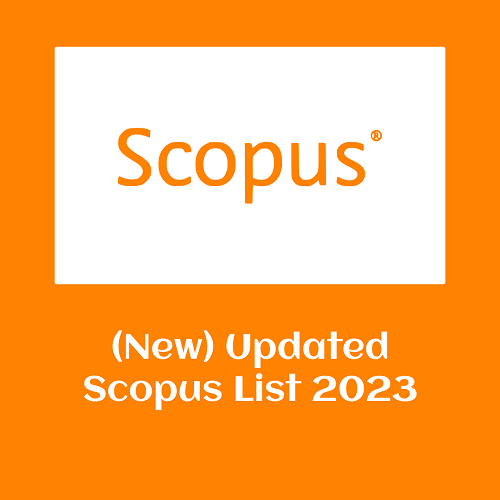
| Journal Name | Ceramics International |
| Abbreviation | Ceram Int |
| Journal Start Year | 1974 |
| Print ISSN | 0272-8842 |
| Subject | Engineering |
| Sub Subject | Materials Science |
| Country | United Kingdom (GB) |
| Publisher | Elsevier Publication |
| Rss Feed | |
| Subscribe | Subscribe Journals |
Ceramics International covers the science of advanced ceramic materials. The journal encourages contributions that demonstrate how an understanding of the basic chemical and physical phenomena may direct materials design and stimulate ideas for new or improved processing techniques, in order to obtain materials with desired structural features and properties.
Ceramics International covers oxide and non-oxide ceramics, functional glasses, glass ceramics, amorphous inorganic non-metallic materials (and their combinations with metal and organic materials), in the form of particulates, dense or porous bodies, thin/thick films and laminated, graded and composite structures. Process related topics such as ceramic-ceramic joints or joining ceramics with dissimilar materials, as well as surface finishing and conditioning are also covered. Besides traditional processing techniques, manufacturing routes of interest include innovative procedures benefiting from externally applied stresses, electromagnetic fields and energetic beams, as well as top-down and self-assembly nanotechnology approaches. In addition, the journal welcomes submissions on bio-inspired and bio-enabled materials designs, experimentally validated multi-scale modelling and simulation for materials design, and the use of the most advanced chemical and physical characterization techniques of structure, properties and behaviour.
Technologically relevant low-dimensional systems are a particular focus of Ceramics International. These include 0, 1 and 2-D nanomaterials (also covering CNTs, graphene and related materials, and diamond-like carbons), their nanocomposites, as well as nano-hybrids and hierarchical multifunctional nanostructures that might integrate molecular, biological and electronic components.
Ceramics International is particularly keen to attract papers which deal with fundamental scientific aspects that are relevant to the development of the whole range of advanced ceramics including e.g. phase equilibria and transformations, reactivity, transport processes, thermodynamic and electronic properties, as well as quantum effects in low dimensional materials.
Priority materials and areas of interest are:
Ceramics International is a Engineering and Materials Science Journal and published by Elsevier Publication. See also a list of Engineering and Materials Science Journals.
An abbreviation is a shortened form of a word or phrase, by any method. It may consist of a group of letters or words taken from the full version of the word or phrase.
The ISO4 Abbreviation of Ceramics International is Ceram Int.
Elsevier Publication is the publisher of the Ceramics International. Visit for all Elsevier Publication journals, click here : Elsevier Publication List of Journals.
An International Standard Serial Number is an eight-digit serial number used to uniquely identify a serial publication, such as a magazine. The ISSN is especially helpful in distinguishing between serials with the same title
"Ceramics International" Journal Print ISSN : 0272-8842,
| Ceramics International Print ISSN : | 0272-8842 |
The University Grants Commission of India (UGC India) is the primary regulatory body created by the Indian Government in accordance with the UGC Act of 1956 under the Ministry of Human Resource Development.
It has been made responsible for the coordination of Indian Universities, determination of the standards for Indian universities and maintenance of standards of higher education in India.
Yes Ceramics International is Indexed By UGC Care. UGC Approved Journals.
Peer review means that a board of scholarly reviewers in the domain of the journal, review materials they publish for quality of research and adherence to editorial standards of the journal, before articles are accepted for publication.
It’s the ultimate litmus test for scientists and researchers to verify their findings.
When an article on an experiment and its hypothesis is submitted to a scholarly journal for publishing then it is meticulously tested.
If a journal makes an article goes through the process of ‘peer-review’ before being published then it is a peer-review journal.
Yes Ceramics International is Peer-Reviewed Journal and Published by Elsevier Publication.
The Impact Factor is also known by the name of Journal Impact Factor of an Academic Journal.
It is based on the scientometric index that shows the annual average number of citations. Moreover, impact factor is having all the information which is published in the last two years in the given journal received.
The Impact Factor of Ceramics International is 4.527 (2025) Impact factor .
| Ceramics International Impact Factor : | 4.527 (2025) |
| Note : This information is taken from the Journal Citation Reports™ (Clarivate). | |
Visit for all Journals Impact factor List
ACS Nano - Published monthly, ACS Nano is an international forum for the communication of comprehensive articles on nanoscience and nanotechnology research at the interfaces of chemistry, biology, materials s...